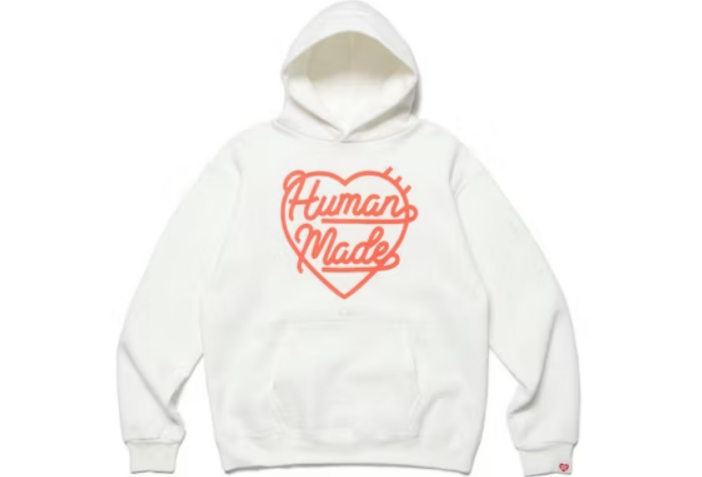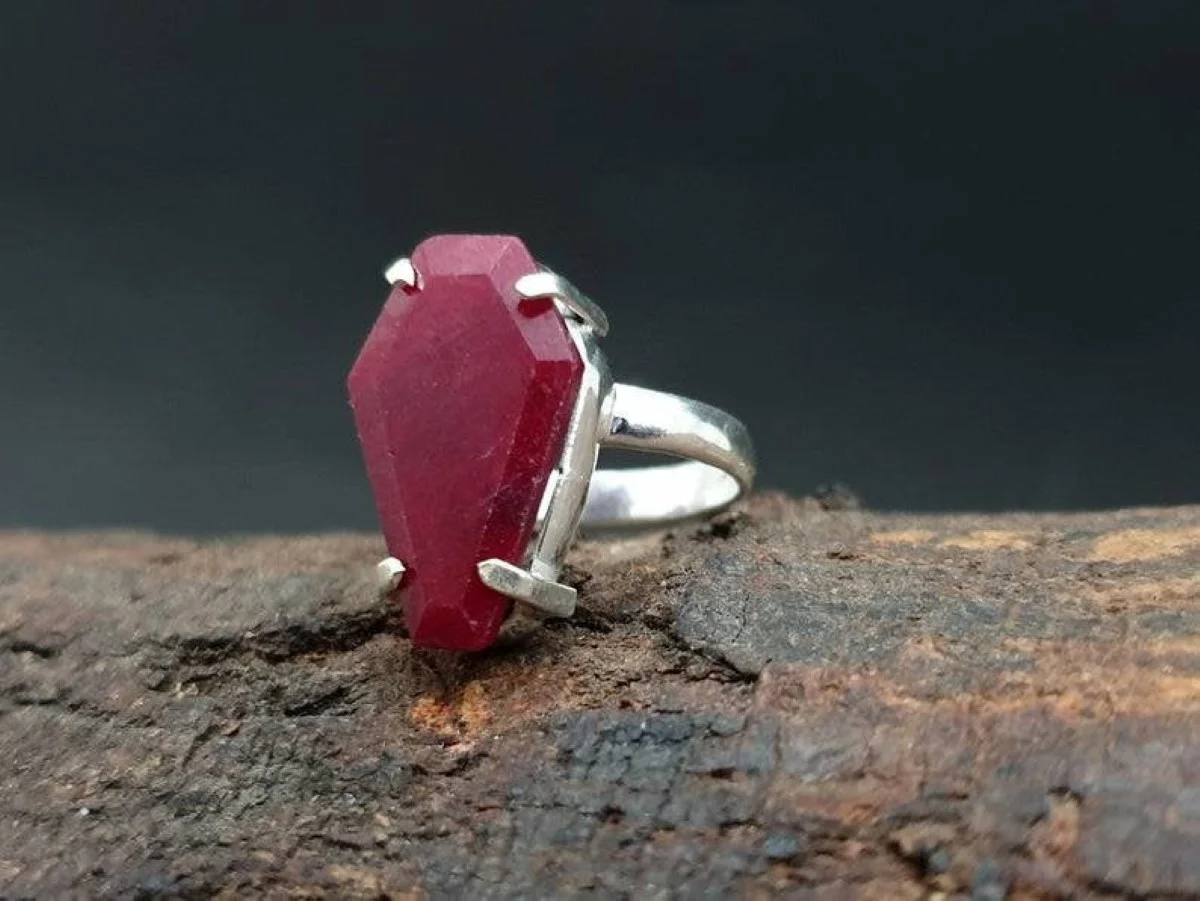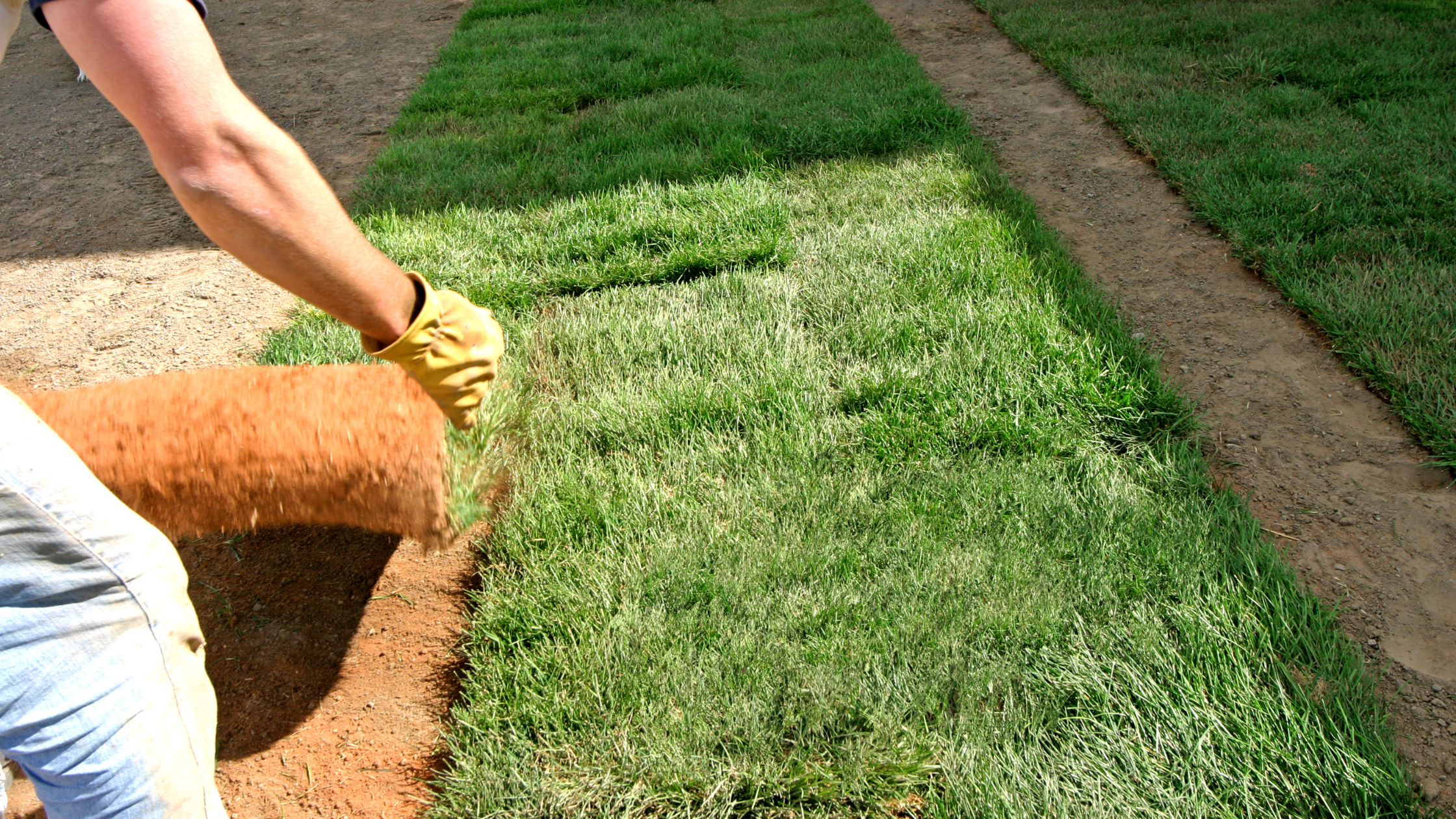In the world of fashion and clothing, human-made garments have come a long way. From humble beginnings where clothing served purely functional purposes, it has evolved into a powerful means of self-expression and cultural identity. This article will delve into the fascinating journey of human made clothing, exploring its historical roots, technological advancements, and its impact on society.
1. The Dawn of Human-Made Clothing
Human beings have been crafting clothing for thousands of years. Early humans utilized natural materials like leaves, animal hides, and furs to protect themselves from the elements. This marked the beginning of the relationship between humans and textiles.
2. The Weaving Revolution
The invention of the loom revolutionized clothing production. Weaving allowed for the creation of more intricate and durable fabrics. This technological advancement paved the way for clothing to become more than just a protective layer—it became a symbol of status and identity.
3. Fashion in Ancient Civilizations
As civilizations flourished, so did their clothing styles. Ancient Egyptians, Greeks, and Romans used clothing to signify their social standing and culture. The vibrant fabrics and intricate designs of their garments still inspire fashion today.
4. The Middle Ages: A Shift in Perspective
During the Middle Ages, clothing took on new dimensions. It became a reflection of religious beliefs, with clerics and nobles donning elaborate garments that conveyed their piety and power. This era also saw the rise of the guilds, which regulated clothing production and quality.
5. The Renaissance and the Birth of Tailoring
The Renaissance brought a renewed interest in art and fashion. Tailoring emerged as an art form, with artisans crafting clothing that accentuated the human form. The concept of individual style began to take root.
6. The Industrial Revolution and Mass Production
The Industrial Revolution drastically transformed the clothing industry. Factories and machines made clothing more affordable and accessible to the masses. Ready-made clothing became the norm, diminishing the need for custom tailoring.
7. The 20th Century: Fashion as a Cultural Phenomenon
The 20th century witnessed significant shifts in fashion. From the iconic flapper dresses of the 1920s to the counterculture movements of the 1960s, clothing became a medium for self-expression and rebellion.
8. Sustainable Fashion: A Modern Concern
In recent years, there has been a growing awareness of the environmental impact of clothing production. Sustainable fashion practices, such as using eco-friendly materials and reducing waste, have gained momentum.
9. The Digital Age and Online Shopping
The advent of the internet has revolutionized the way we shop for clothing. E-commerce platforms have made it possible to browse and purchase a vast array of styles from the comfort of our homes.
10. The Role of Social Media
Social media has become a powerful tool for fashion influencers and brands. Platforms like Instagram and TikTok shape trends and drive consumer choices, highlighting the ever-evolving nature of fashion.
11. Clothing as Identity
Today, clothing goes beyond mere fabric; it is a statement of identity, culture, and personality. People use clothing to express their individuality and align themselves with like-minded communities.
12. The Future of Human-Made Clothing
As technology continues to advance, the future of clothing holds exciting possibilities. Smart textiles, 3D printing, and sustainable innovations promise to reshape the industry.
13. Conclusion
In conclusion, human-made clothing has evolved from a basic necessity to a dynamic form of self-expression and cultural significance. Its journey through history reflects the ever-changing nature of human society and our desire to connect and communicate through what we wear.





